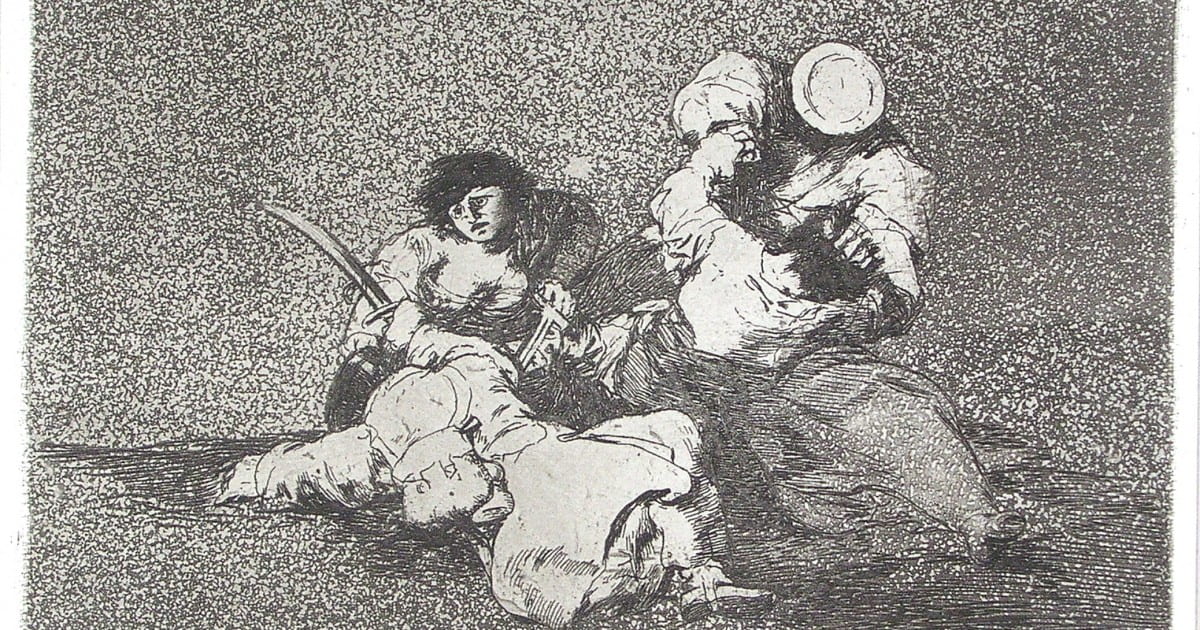When the three youths are saved from the flames in the Old English verse-form of the Book of Daniel, Nebuchadnezzar can hardly believe his eyes. At the sight of this miracle, Nebuchadnezzar declares, “Now I truly see four people there – I do not deceive myself at all” (lines 412-413). At this moment of witnessing, Nebuchadnezzar appears to change his ways. He sees the youths’ bonds incinerated, their clothing intact, their hair unscorched by fire. He watches as the angel ascends into the firmament. As he listens to the youths praise the Lord, Nebuchadnezzar finally declares that “he who had saved them from the smoke is the wielder of powers” (line 447). However, despite witnessing “the clear proof of God” (lines 487-488), Nebuchadnezzar falls back into familiar patterns of arrogance and pride. For Nebuchadnezzar’s wickedness, God casts the king into exile. And still, Nebuchadnezzar cannot change his ways. For Nebuchadnezzar, what was meant to be a startling moment of clarity becomes a years-long battle with faith and conceit. The precise instant when he saw the youths emerge from the flames, unharmed, would go on to inform mental state long after that storied event. Nebuchadnezzar would never be free of it.
When we think of the act of “witnessing,” we think of it as a kind of end. We assume that to witness means to discover or observe a sort of definitive truth. Just as we call up witnesses to testify in court, we assume that witnessing equates to capturing a specific moment in time. But, as we see with Nebuchadnezzar, witnessing is much more complicated. To be a witness, to engage in the act of witnessing, is to relive certain moments over and over again.
In his chapter “The Witness” from Remnants of Auschwitz, Giorgio Agamben speaks of both an obligation and impossibility to bearing witness. Perhaps part of this impossibility is that witnessing cannot be temporally confined to a single moment or event. For those that witness, the burden of belief follows them forever, whether prompted by external or internal forces. They must continually prove that what they saw did indeed occur. They must continually prove that they are to be trusted. And they must continually grapple with the thing they have seen. For those that have undergone some kind of trauma in the process of witnessing, that trauma reemerges every time they are forced to remember. Trauma and the emotional burden thus extends beyond the traumatic event itself. It is repetitive and seemingly never ending. As Agamben writes, “the survivor’s vocation is to remember; he cannot not remember” (26).
The question must be asked, then, to what extent are we, as readers and observers, witnesses? Although there is undoubtedly a stark difference between a reader of testimony and being physically present for the event itself, can we still take part in the act of witnessing? What are the consequences of positioning ourselves as such? What is our role as individuals to keep a certain event or memory alive? Do we have an obligation to do so? Where is the line between witnessing and memory? When Cain and Abel appear in “Genesis”, God is described as “beh[olding] Abel’s offering with his eyes – Cain’s oblation he would not look at” (lines 978-979). In this scene, God himself bears witness to Abel’s gift and chooses to dismiss that of Cain. What one can do with what one witnesses is certainly a choice, but we must also ask if the act of witnessing itself is a choice as well. If God can look away, can we? Similarly, in “The Old English Life of St. Margaret”, although he is the one to order the torture, when the prefect is forced to look at Margaret’s beaten body, he “covered his face with his cloak, for he could not look upon her because of the blood.” In this moment, the prefect chooses to look away from the evil deeds he has committed. Although he knows what has occurred, he chooses to visually disconnect himself from the event, for there are a number of reasons why someone might choose or choose not to witness. To whom then does the witness bear responsibility? To themself? To their community? To history? To the future, to us?
Image: Francisco Goya, “Disasters of War”, Museum Boijmans van Beuningen


